Announcer:
The following program is a PBS Wisconsin original production.
Frederica Freyberg:
The Wisconsin vote survives a spray of legal challenges. And this week the Electoral College convenes and ratifies the vote for Joe Biden and Kamala Harris. And hope arrives this week in the battle against coronavirus. Shipments of vaccine arrive and vaccinations begin in Wisconsin.
I’m Frederica Freyberg. Tonight on “Here & Now,” legal challenges to Wisconsin election results give new meaning to “battleground state.” An election law scholar is here. So is the state chief medical officer to talk about the arrival of the vaccine. AARP on the alarming trend of positive COVID cases and deaths among nursing homes residents and staff. And an Eau Claire area restaurant owner worries about making it through the winter. It’s “Here & Now” for December 18.
Announcer:
Funding for “Here & Now” is provided by the Focus Fund for Journalism and Friends of PBS Wisconsin.
Tony Evers:
Wisconsin casts its ten electoral votes for president of the United States of America to Joseph R. Biden, Jr. And for vice president of the United States of America, ten electoral votes also for Kamala D. Harris. We made it.
Frederica Freyberg:
Governor Tony Evers makes it official on Monday. Wisconsin’s ten Electoral College votes went to Biden and Harris, as did those of other states the ticket won affirming victory. Wednesday U.S. Senator Ron Johnson chaired his Homeland Security Committee hearing on election fraud. That there was no evidence of fraud did not deter Johnson from elevating the cause to the halls of Congress.
Ron Johnson:
There was fraud in this election. I don’t have any doubt about that. There was fraud. We just don’t know the extent and we don’t know what the remedy would be when identified.
Frederica Freyberg:
Senator Johnson’s take is that the discussion of what he believes was rampant fraud in the presidential election is essential to restoring voter confidence in the electoral process. But two things. Recounts and court challenges in Wisconsin and across the country, including the U.S. Supreme Court and lower federal and circuit courts, found no such evidence of fraud and repeating the claims as though true is what derails confidence in the system, according to election officials and judges and justices. President Trump continues the drumbeat, however, even as top Republicans in the U.S. Senate say it’s over. Ron Johnson himself now acknowledging the loss. Our next guest is an expert on the American presidency and election law. UW-Madison Political Science Professor Ken Mayer join us now and thanks very much for doing so.
Ken Mayer:
Good to be with you.
Frederica Freyberg:
So what is your take on whether repeating claims that the election was rigged or stolen or rife with fraud is important discussion or puts our democracy at risk?
Ken Mayer:
Those claims are deeply corrosive because there has never been any credible evidence of fraud, no matter what Senator Johnson says. It’s just not true. And one of the ways that — one of the tells is that even the president’s lawyers and other lawyers when they go into federal court, where there are consequences for misrepresentation, they’re not alleging fraud. And so there just is absolutely no evidence of fraud. There never has been any evidence of fraud. The claims have been debunked time and time again. Even the federal government’s chief cybersecurity official says there’s no evidence of any manipulation or intrusion. It’s all nonsense.
Frederica Freyberg:
So how is it corrosive and how does it put our democracy at risk?
Ken Mayer:
It puts democracy at risk because it undermines the absolute central tenet of any democratic system, which is that periodic elections result in a transfer, a peaceful transfer, of power when the incumbent party loses. And that’s exactly what happened here. And it’s not — the threat is not that these claims are going to work. They are not working. They have never worked. They are not going to work on January 6th when the Electoral College votes are counted. But this establishes the precedent that any loser can continually claim fraud and claim that the election was stolen, again, without a shred of evidence. And it leads to significant percentages of the public believing that there’s something there that the election was stolen.
Frederica Freyberg:
So why do so many people believe that?
Ken Mayer:
Because their candidates and chief party officials are telling them that. And that’s what so deeply irresponsible about this. And that’s why I think Senator Johnson’s hearing was so remarkably irresponsible, is that it just continues to give oxygen, to give voice to these repeatedly discounted claims that judge after judge, including those appointed by the president, have said there’s nothing there. The Supreme Court has rejected lawsuits. There just — there is nothing there. And I have spent a lot of time examining the alleged evidence and it’s just false. I can’t put it any plainer than that. Except in ways that might get you in trouble with the FCC. So it just is really irresponsible to continue these unsupported and false allegations of any type of fraud.
Frederica Freyberg:
Did you imagine that this is how it would go if Donald Trump in fact lost the election?
Ken Mayer:
Well, in a way, yes, because he said he would. He had repeatedly said that he would not accept the loss. He repeatedly said to his supporters that the only way that he would lose would be because the election was rigged. So that part is, frankly, not terribly surprising. What is I think more surprising and disappointing is the number of other elected officials in the Republican Party who have gone along with this and they’ve been either playing coy, that the president needs to have an opportunity to have his complaints heard, or they’ve simply deflected the question. But we are now at a point where there are tens of millions of people who are utterly convinced that the election was stolen, that it was fraudulent because the President of the United States has repeatedly insisting that it was.
Frederica Freyberg:
What will history say, in your mind, about these events in U.S. electoral politics?
Ken Mayer:
That’s a good question. There have been times in the past where election outcomes have been bitterly contested or close. I mean, 2000 is not quite analogous because that involved a single dispute in a single state. And there have been other elections, 1876, 1824, 1800. But I think what history will remember is not the fact that this election was — you know, was disputed in a sense. That’s true because you have one candidate saying that he’s not going to concede. But just the flagrant falsehood of the claims and the fact that it was an intentional effort to undermine the integrity of the electoral, the democratic process, for no other reason than the fact that he lost.
Frederica Freyberg:
We leave it there. Professor Ken Mayer, thanks very much for your insight.
Ken Mayer:
Good to be with you again.
Frederica Freyberg:
Wisconsin started vaccinating frontline health care workers against COVID-19 this week. Some 50,000 doses of the Pfizer vaccine shipping in ultra-cold conditions to eight hubs across the state to then be distributed to health systems from there. 100,000 more vaccines from Moderna are expected in Wisconsin in coming days, which are able to go directly to vaccinators. The beginning of the end to COVID-19. But health officials say it will take months to get shots in the arms of the general public. Chief medical officer for Wisconsin, Dr. Ryan Westergaard, joins us once again with some additional news out today. And, doctor, thanks very much for being here. But on vaccines, having weathered the harrowing and deadly pandemic in Wisconsin through its surges, what is it like for you to see people getting the shot this week?
Ryan Westergaard:
It’s emotional, frankly. It’s such a long-awaited dose of good news and so much work at so many levels, both in the scientific community and the government public health community. The logistics has gone into this moment of being able to distribute this really, we hope, highly-effective public health intervention. So it’s really satisfying and it gives us a lot of optimism and hope.
Frederica Freyberg:
Today Governor Evers though said that Wisconsin is getting many fewer doses of the vaccine next week than was promised by the feds. Is this a flaw in your mind in the federal distribution plan?
Ryan Westergaard:
Not necessarily. I think it’s really important to take the long view here. So the role for vaccination in ending the pandemic is going to rely on us getting nearly everyone immunized. And that’s going to take a long time. So we are at the very beginning of this. We feel confident that the doses are going to be manufactured, that they’re going to be distributed. It’s going to take some time. But right now at the very front end of this, it’s logistically extremely complicated. There’s a lot of people working very hard. And I think we just need to have some patience, even though everyone is eager and enthusiastic about it.
Frederica Freyberg:
Absolutely. Calming words. Thank you. Wisconsin today also announced the opening of an outpatient antibody infusion clinic for up to 84 patients a week. The infusions prevent serious COVID-19 illness. How important is this development to Wisconsin?
Ryan Westergaard:
Well, this is another tool in our toolbox of how to prevent severe disease. And it’s a unique kind of treatment. And there are mono clonal antibodies, so they in many ways mimic the body’s response to viral infections, which is to have antibodies neutralize the virus. We’ve been able to synthetically produce antibodies that can be administered intravenously. There’s some evidence in clinical trials that it prevents people from getting severally ill and having to be hospitalized. If we can deliver that to people who are at high risk of requiring hospitalization, which is generally older folks, we can avoid some strain on our health care system and potentially save lives.
Frederica Freyberg:
So is this happening in other states across the country as well?
Ryan Westergaard:
Yes. These mono clonal antibodies are on a federal distribution program. So the federal government procured a large number of doses after they received the emergency use authorization and distributed them to states and then states are distributing them to health care systems and also administering some in the public sector like you mentioned.
Frederica Freyberg:
Okay. Meanwhile, the post-Thanksgiving surge that we were all warned about did not apparently happen. Why do you think that is?
Ryan Westergaard:
Well, there’s probably a lot of reasons, but knowing what we know about how the virus spreads and what determines whether epidemics grow or shrink, I think it’s because the number of people who were in close contact with people who were infected was not as high as we feared. And so I find that very encouraging. We were at a very concerning, a very scary frankly situation, where day by day the curve was growing ever steeper. And leading up to Thanksgiving, we were really concerned if that trajectory continues, we were going to be in trouble with hospital capacity. What we saw instead was that it plateaued. And it’s continued to plateau. Still at a level we think is too high and there’s still a significant amount of risk of having gatherings and taking off masks, to be sure. But my hope is that it’s because we were doing the right things collectively. And what it means is that we need to keep doing even more of those things.
Frederica Freyberg:
So the numbers have plateaued. Is that the same as flattening the curve? Have we now done that?
Ryan Westergaard:
Well, if you look at the curve and we post these epidemic curves on our website, yes, it does look flat. It was a very steep uphill climb before and now it’s more horizontal. So we should take some comfort in that, but we should also acknowledge that this flat area of the curve is far too high. We’re still having 3,000 cases a today. The number of cases that test positive are above 10%. We really want those numbers to be much lower. The target for the percent positive test is 1%. So that tells us we’re not testing enough people and there’s still large numbers of people who are developing the infection. We clearly have more work to do, but I think we can feel good that we’ve stopped that really dangerous increase that we were seeing a few weeks ago.
Frederica Freyberg:
That is very good news. When do you expect normalcy to return?
Ryan Westergaard:
Well, I think this experience is going to change us forever and in some ways for the better. We’ve learned so much about how to respond, how to prevent respiratory viruses. We’ve advanced the science of vaccines and therapeutics to a great degree. When I think about when life is going to feel better in the ways we really miss, going to sporting events and concerts, I’m really optimistic by the end of the summer, the fall, we could be in a good place. But I think the really important thing is it’s not going to happen by itself. We’re going to have to intentionally continue to do the things that prevent infection. That involves wearing masks and participating with local public health in testing, in isolation, in quarantine. As we get more vaccine into people, those things become easier and more effective because the number of susceptible people goes down. But the virus is still going to be a threat until we really get it at low levels. So I think for the next year probably we’re going to have to remain vigilant. But I’m really hoping in the fall next year we can do things like sporting events and concerts.
Frederica Freyberg:
All right. Dr. Ryan Westergaard, thanks very much. Thanks for your time.
Ryan Westergaard:
Nice talking to you.
Frederica Freyberg:
Nursing home residents are among the first to receive the COVID-19 vaccine and for good reason. Because of age and health status, they are at increased risk for infection and death. But even as help is on the way in the form of a shot in the arm, the AARP is sounding the alarm on record-high numbers of cases and deaths as well as shortages of protective equipment and staff in long-term care settings including here in Wisconsin. Sam Wilson is the state director of AARP Wisconsin. Thanks very much for being here.
Sam Wilson:
It’s good to be with you, Frederica.
Frederica Freyberg:
So looking at your new dashboard shows Wisconsin is sixth highest in the nation for nursing home deaths due to COVID-19 with more than two deaths per 100 residents. Why is Wisconsin in that place?
Sam Wilson:
We’ve been tracking the data since about June and the data does come from the Centers for Medicare and Medicaid Services, and it’s self-reported data from the nursing homes. We realize nursing homes have always been one of the most vulnerable populations and congregate living sites for the virus. What we found was that while Wisconsin had done a fairly good job over the summer months, late summer, the acceleration in transmission in these facilities as we get into the fall months is just astounding and we’re really fearful of what the upcoming months will show as well.
Frederica Freyberg:
Your research also shows that Wisconsin ranks fourth worst in the nation, with nearly 40% of nursing homes having less than a week’s supply of protective equipment. So are staff going without or reusing such equipment and then passing along COVID-19?
Sam Wilson:
Well, we know that transmission can be stopped a number of ways, right? Testing people to ensure that they don’t get into the facilities. PPE is one of the preventive measures to ensure that transmission doesn’t occur and stopping community spread. The reason why we really look at PPE is to ensure that there’s an adequate supply in the nursing homes for instances like we are approaching. We know there are many warnings out there right now to long-term care facilities saying we know that all shipping right now is being delayed. Christmas presents are mixed in with PPE. And so if you do not have a week’s supply of PPE, you may find yourself either with a very low or no supply of certain PPE. So the fact of the matter is that that should be the last thing we’re struggling to have to get nine months into the pandemic, yet it continues to be a weak point in all of our strategies to prevent the transmission of COVID.
Frederica Freyberg:
Now, I hate to keep rattling this off, but another frightening metric shows that 47% of Wisconsin’s facility have a shortage of nurses and aides. Why are these shortages so acute right now?
Sam Wilson:
Well, this is part of the leaking boat of our long-term care system in general. We had workforce shortages prior to the pandemic and it has exposed what has been a long-term problem in finding enough folks to work in long-term care facilities and throughout both our long-term care and health care delivery systems. So obviously that’s going to be exacerbated by the staff themselves contracting the illness and when you already have a limited supply, anything that could further dent that supply is going to show up. And it’s certainly showing up in a big way in Wisconsin amongst our workforce, which really I have to say, they have truly been heroes throughout the pandemic, providing care day in and day out in our long-term care facilities. I think it only makes sense that we make the commitment to ensure that they can be safe as well.
Frederica Freyberg:
With just a minute left, you’re asking the state of Wisconsin to step up now to save lives. How have officials responded to both the situation and your calls to remedy it?
Sam Wilson:
Well, there’s so much hope in the future. This week the talk about the distribution of the vaccine gave people just sort of a bounce of energy knowing that help is on the way. The problem is we have some very difficult months ahead. It’s true in hospitals. It’s certainly going to be true in nursing home. The data that’s showing the increase of transmission rates and deaths will only increase through the winter months, we believe until that vaccine is really well distributed. So we’re asking providers, we’re asking state health officials and state elected officials, please redouble our efforts on testing, PPE and any other things we can do, including preventing community transmission, which is a very important point, to make sure we keep these nursing home residents healthy and safe until we can get a vaccine to them.
Frederica Freyberg:
All right. Sam Wilson, thanks very much from the AARP Wisconsin.
Sam Wilson:
Thank you so much.
Frederica Freyberg:
In Wisconsin, eight nuns in a suburban Milwaukee retirement home have died in recent days of COVID-19 and there are more cases among the 88 sisters living in the facility.
The economic fallout of the pandemic has resulted in high unemployment and business closures, which in turn result in food insecurity and even homelessness. One industry hard hit is hospitality, like bars and restaurants. The Wisconsin Restaurant Association reports that 37% of owners surveyed say their establishment is unlikely to still be in business six months from now without additional relief from the federal government. And 46% say they may temporarily close until the COVID-19 pandemic passes. Tonight we visit with one restaurant owner in the Eau Claire area who’s seen business drop and worries for her employees. Joanne Palzkill owns three establishments with her family. She joins us now from one of them and thanks very much for being here.
Joanne Palzkill:
Thank you. My pleasure.
Frederica Freyberg:
So which restaurant are you joining us from?
Joanne Palzkill:
We are in Za 51. It’s our second restaurant in the Eau Claire area.
Frederica Freyberg:
So it’s one of three, as we said, establishments that you own. And I understand that you have had to lay off about half of your some 50 employees. What are they going through and what are you going through?
Joanne Palzkill:
It’s been a very, very difficult year. A year ago this month, we had about double the number of staff at both of our local restaurants. And for us it’s been a challenge. You know, especially with the limited dining capabilities. Now we’re going into winter. So we have outdoor patios at both of our establishments. They’ll no longer be an option. So it’s been challenging. And for our staff, they are really suffering, because we had to lay off a number of people, obviously, in the beginning. And even those who want to work and are willing to work have in many cases, if they have children, they are struggling with child care issues at home with the schools being in session, not in session. You know, they have to grapple with that. How can they leave and do that. And so it’s been a tough year.
Frederica Freyberg:
Absolutely. You tell us that you implemented distancing and are down to about 25% capacity. But how can restaurants stay afloat with that much of a reduction?
Joanne Palzkill:
It’s extremely difficult. In fact, if you have a larger — both of our restaurants are larger establishments. And so the whole 25%, even 50% becomes sort of a non-issue because once you do six feet of distancing and block them off, you’re really only able to accommodate so many people. So it’s been — that issue itself has created those limitations. And, you know, normally in December we would do banquets. That’s not happening. A lot of things are very different this year.
Frederica Freyberg:
Yet you believe you will weather this and come through and your businesses will be maintained?
Joanne Palzkill:
Well, in our case our oldest restaurant here in town has been here for – it will be going on 40 years. So I think we’re in a little bit better position than maybe both. It’s still been a struggle. We had some reserves. We’ve pretty gone through quite a bit of that. But we’re going to stay the course. And we are also working in our establishments for the most part. So when — even tonight my sister, who would be considered past retirement age by most people’s standards is going to be cooking in the kitchen at the other restaurant. She’ll be back there and she’s enjoying it. But she shouldn’t have to do that. But she will do it.
Frederica Freyberg:
Have you had staff get sick because of the COVID-19?
Joanne Palzkill:
We have had a few people. But we luckily — because we have so few staff working, it’s been very limited. We immediately had to limit our days of operation and hours of operation. So in our case the few we’ve had that have tested positive, we’ve been I guess you would say fortunate that they weren’t working closely with co-workers when we found out they were exposed, so we were able to keep them quarantined and safely roll out the rest of the time that they had to be away.
Frederica Freyberg:
Were you able to get some relief from the last federal loan forgiveness program or other government aid and would you like some coming up in another package?
Joanne Palzkill:
Well, I do think that if — with this current state right now if we don’t see another package, there will be probably — you know, as you stated in your original statistics, about 37% will probably not be open. This latest round did not benefit us particularly because it was for restaurants that were over a million, a million and over, as far as the local or the state offering. It’s really going to be important that restaurants see more aid coming.
Frederica Freyberg:
Yeah. Targeted aid, yeah, to a hard-hit industry. Joanne Palzkill, we thank you very much and we wish you luck and we hear your restaurants are great. So thank you.
Joanne Palzkill:
Thank you. I appreciate it. Have a good evening.
Frederica Freyberg:
You too.
That is our program for tonight. Holiday programming pre-empts us a week from tonight. We will see you January 1st with a political forecast for 2021. I’m Frederica Freyberg. Have a good weekend and a safe holiday.
Announcer:
Funding for “Here & Now” is provided by the Focus Fund for Journalism and Friends of PBS Wisconsin.
Search Episodes

Donate to sign up. Activate and sign in to Passport. It's that easy to help PBS Wisconsin serve your community through media that educates, inspires, and entertains.
Make your membership gift today
Only for new users: Activate Passport using your code or email address
Already a member?
Look up my account
Need some help? Go to FAQ or visit PBS Passport Help
Need help accessing PBS Wisconsin anywhere?

Online Access | Platform & Device Access | Cable or Satellite Access | Over-The-Air Access
Visit Access Guide
Need help accessing PBS Wisconsin anywhere?

Visit Our
Live TV Access Guide
Online AccessPlatform & Device Access
Cable or Satellite Access
Over-The-Air Access
Visit Access Guide
 Passport
Passport

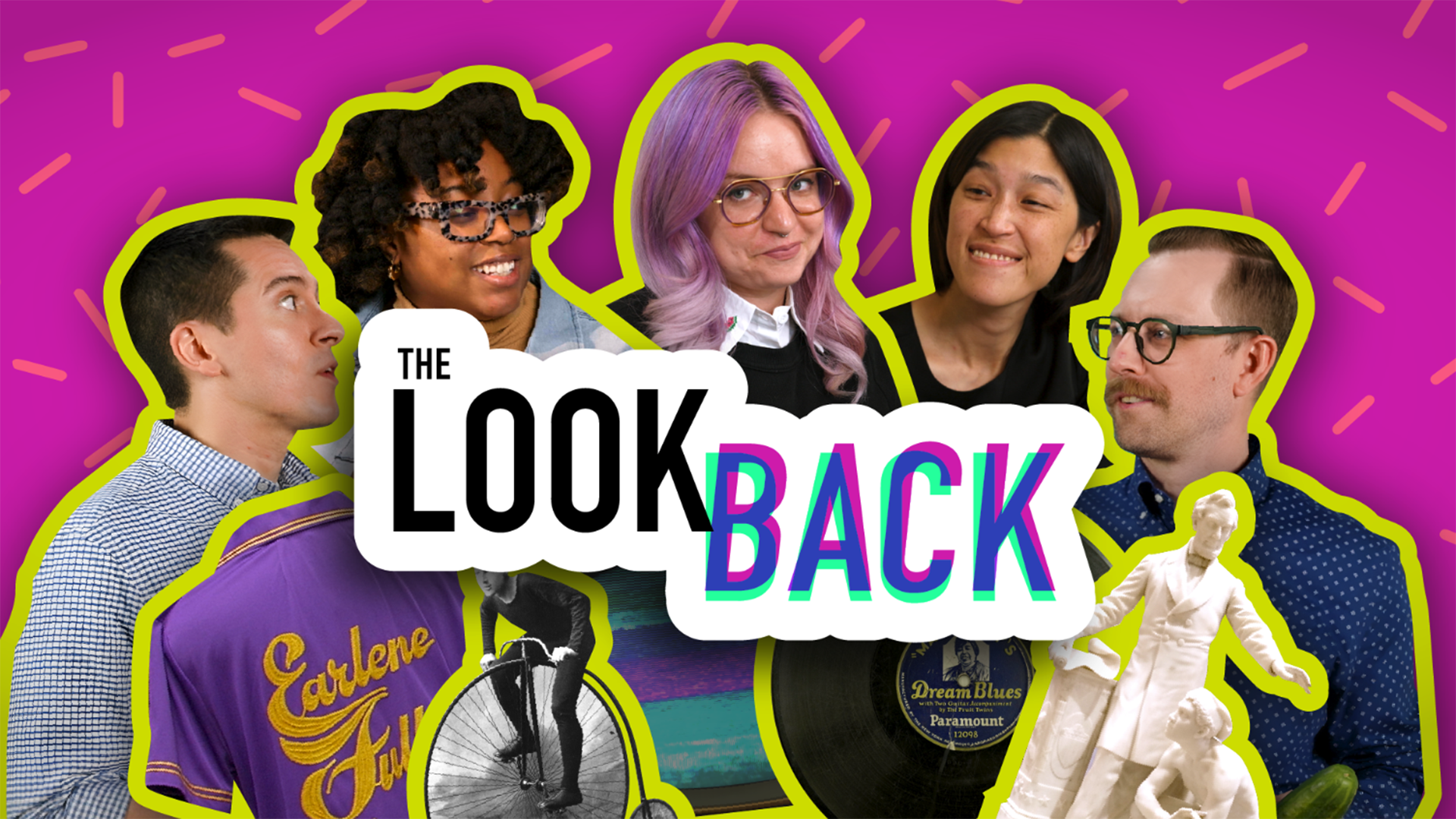
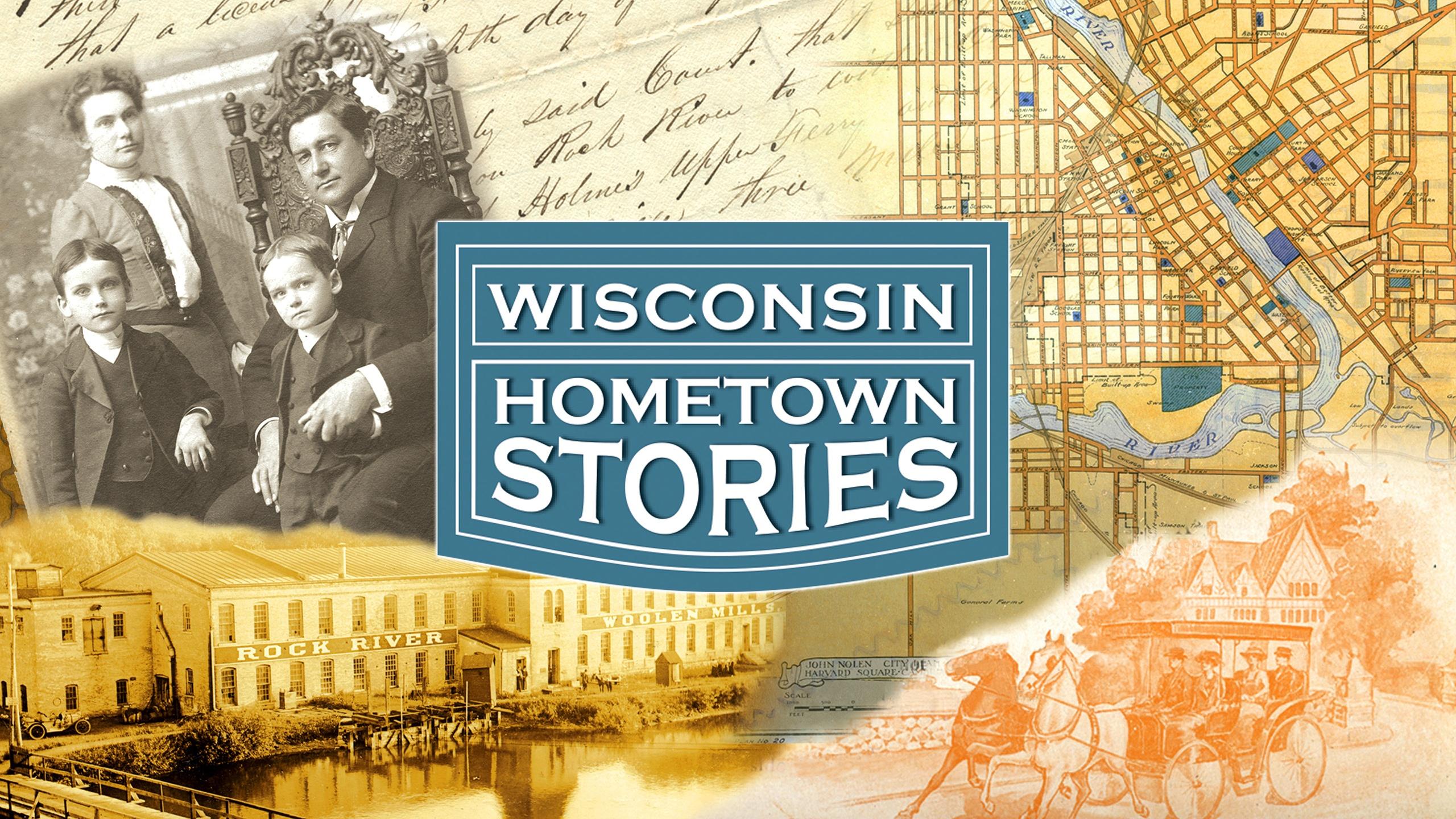


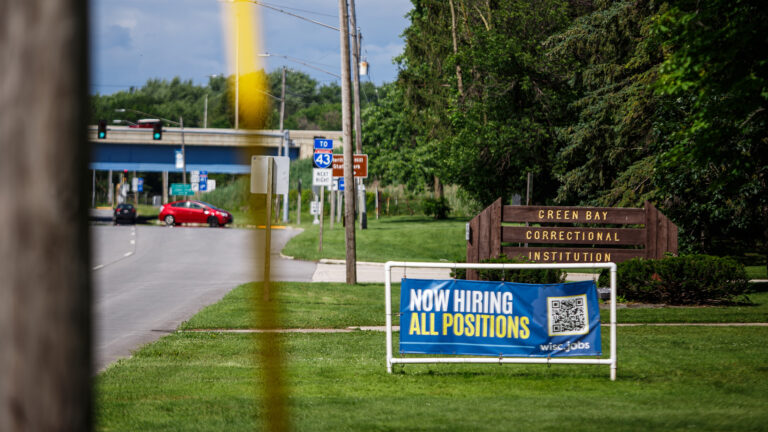
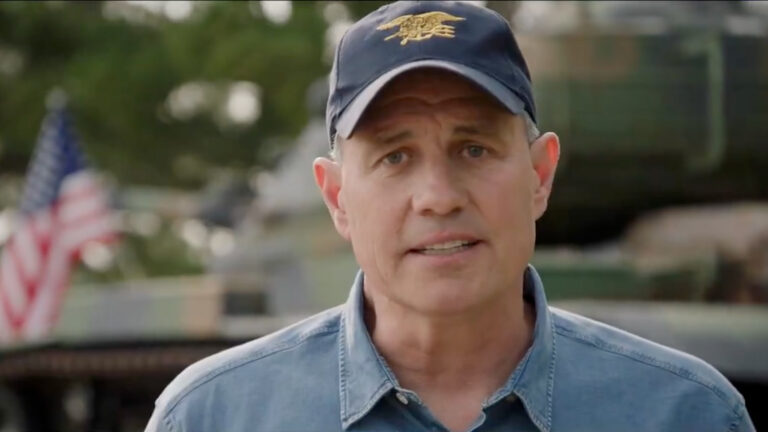


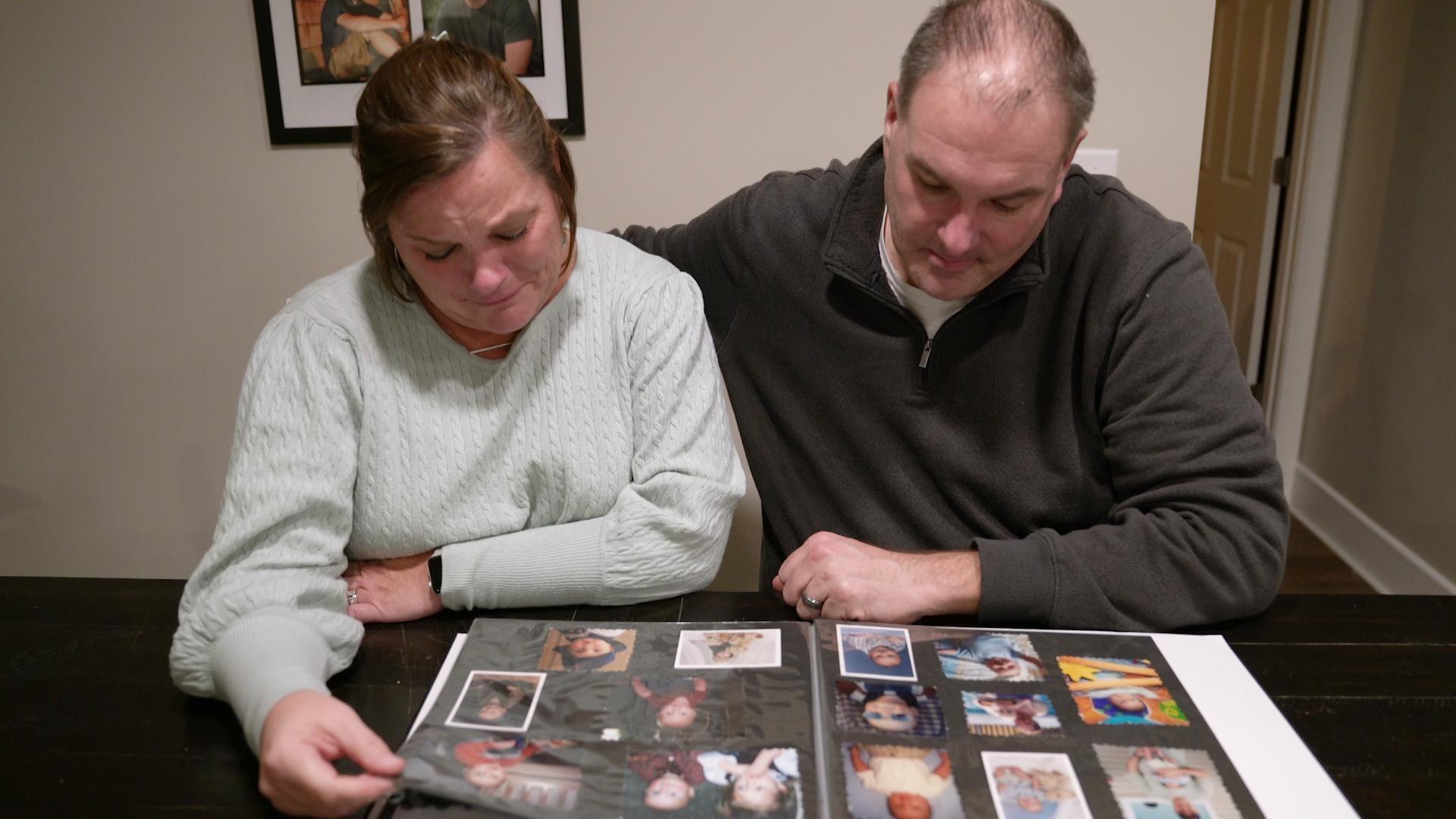
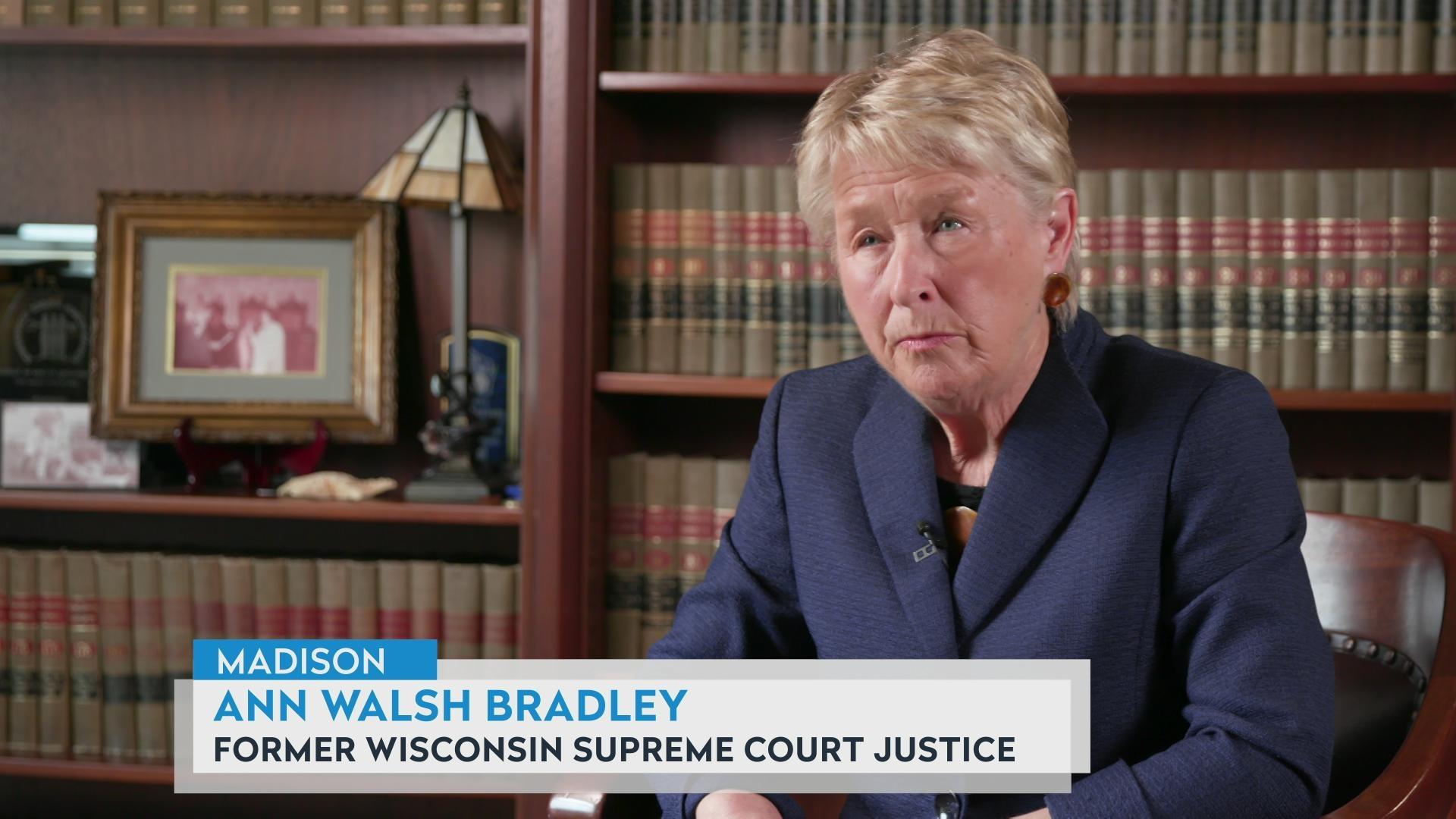
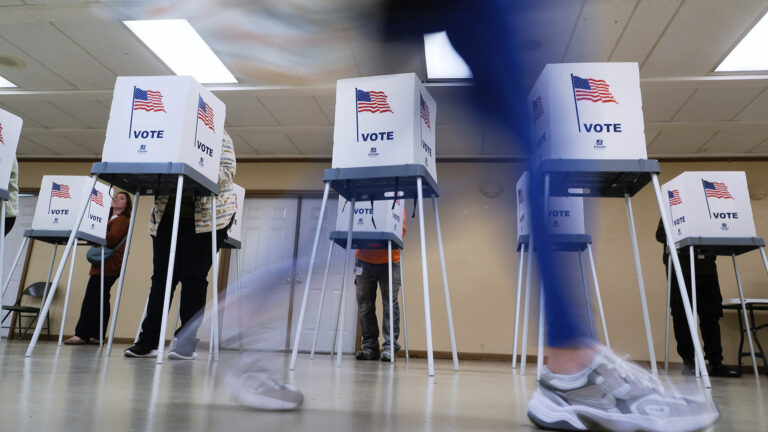
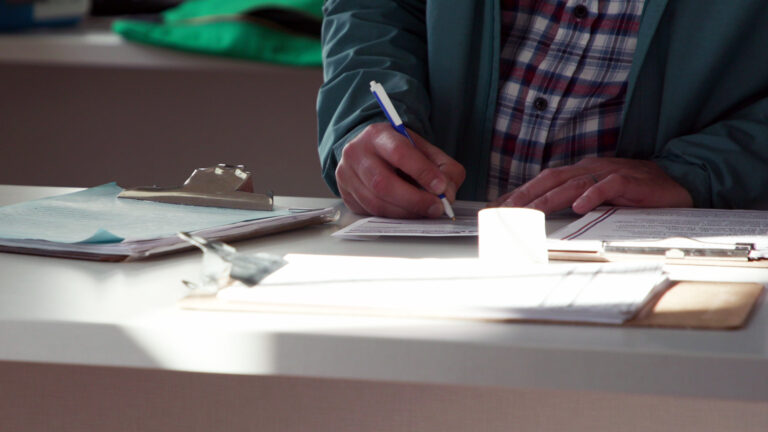
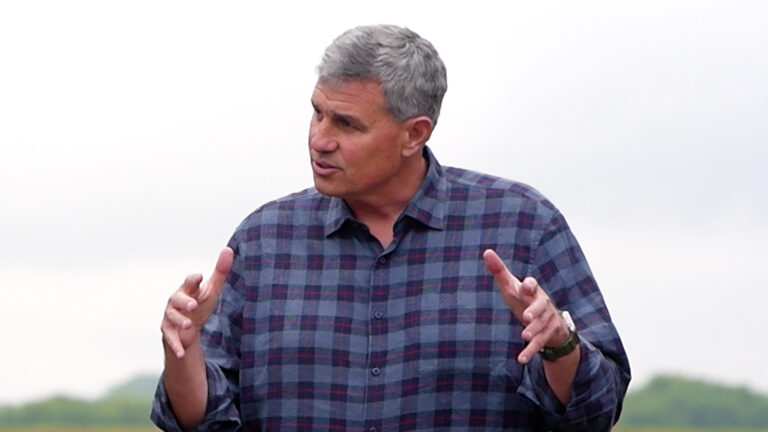
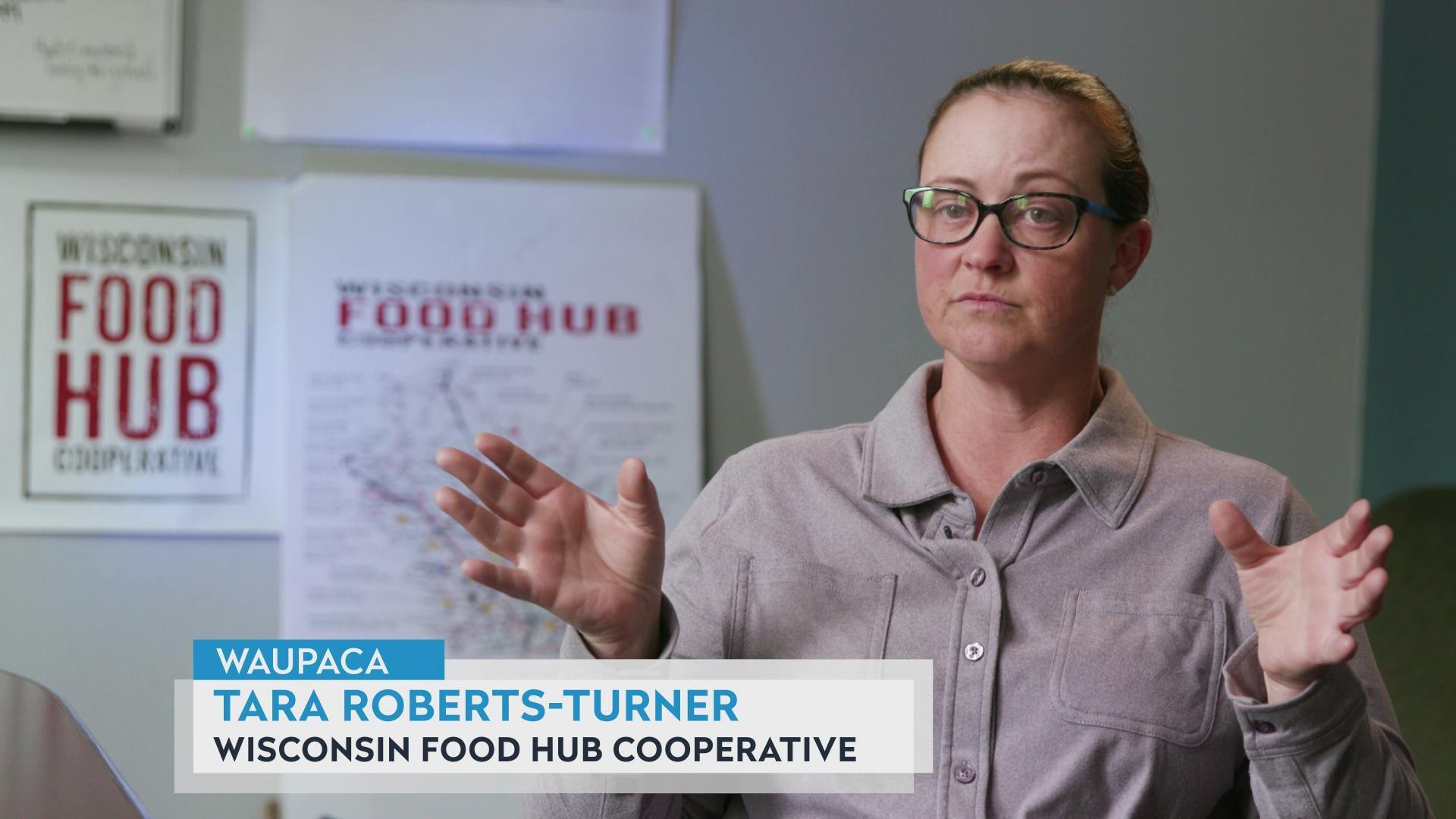
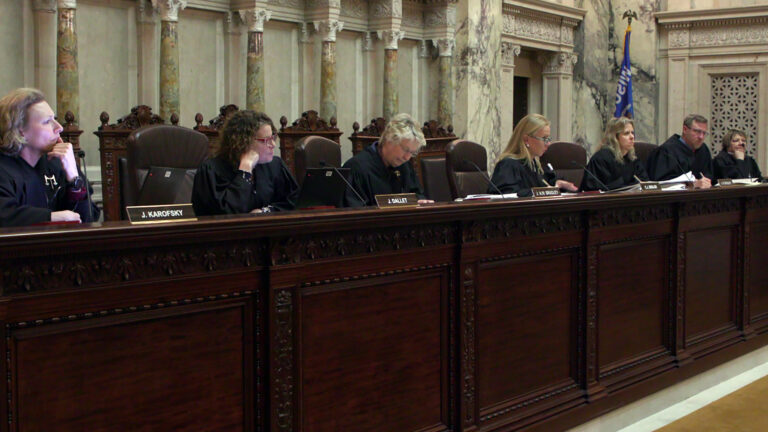
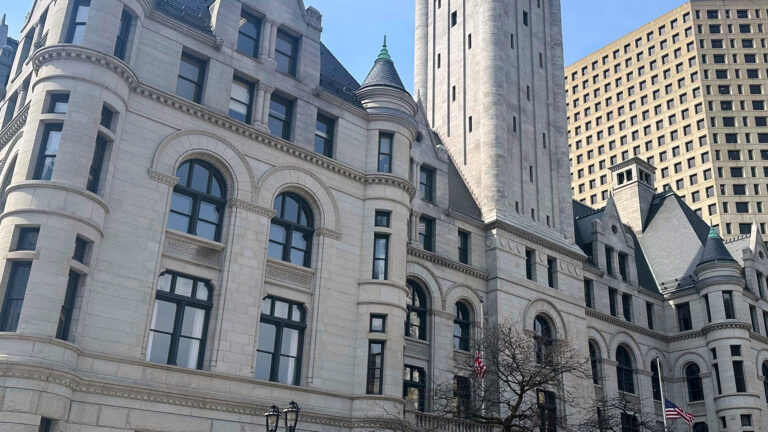

Follow Us